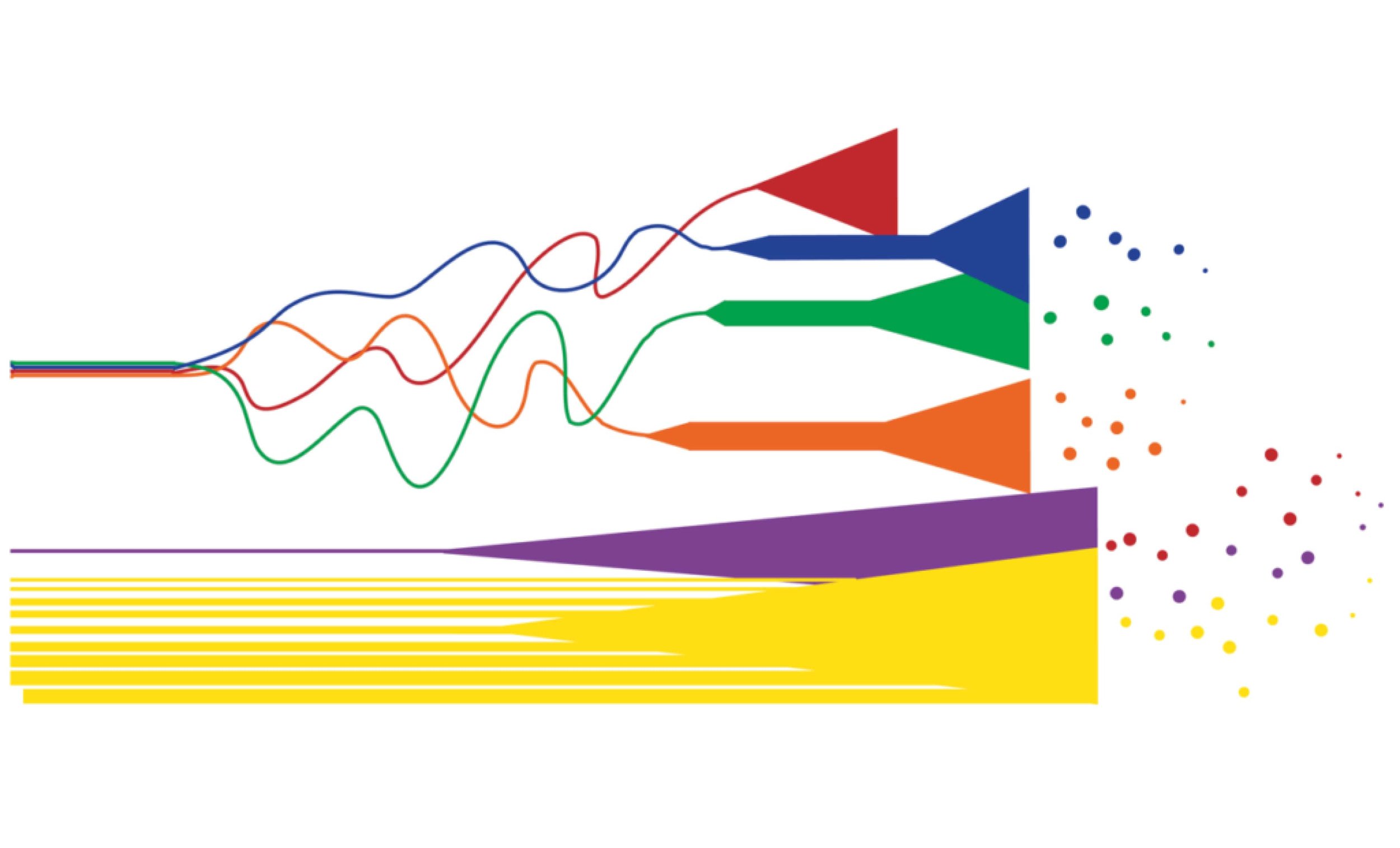
SCORING AN ANIMATED NOTATION OPERA: THE DECIBEL SCORE PLAYER AND THE ROLE OF THE DIGITAL COPYIST IN 'SPEECHLESS'
This paper outlines the developments made to the Decibel ScorePlayer, the software that enables the delivery of the digital, graphic animated score of an hour long new opera by composer Cat Hope, entitled Speechless. The Decibel ScorePlayer is an iPad application that delivers the coordinated reading of graphic notation that was first created in 2012 and has been updated regularly ever since it was made available on the iTunes store the following year.

ELECTRONIC SCORES FOR MUSIC: THE POSSIBILITIES OF ANIMATED NOTATION
This article argues that animated notations are the most exciting new direction for music notation since the conception of the real-time score. Beginning with a brief historic overview of trends and background that may have informed the development of animated notation, contemporary practices and their application to a range of music is also examined.

DIGITAL ARTS – AN INTRODUCTION TO NEW MEDIA BY CAT HOPE AND AND JOHN RYAN
Digital Arts presents an introduction to new media art through key debates and theories. The volume begins with the historical contexts of the digital arts, discusses contemporary forms, and concludes with current and future trends in distribution and archival processes. Considering the imperative of artists to adopt new technologies, the chapters of the book progressively present a study of the impact of the digital on art, as well as the exhibition, distribution and archiving of artworks.

OCCAM HEXA II – A COLLABORATIVE COMPOSITION
In 2014 composer Cat Hope sought to commission a work from Éliane Radigue. During discussions, Radigue proposed a collaborative composition with another composer, performer and lead interpreter of her acoustic work, Carol Robinson. The result was Radigue's first co-composed work, and the first work by Radigue for an Australian group.

INFRASONIC MUSIC
Low-frequency sound on the cusp of the audible offers the possibility of redefining the way we think about listening to music. As the perception of pitch is lost in very low-frequency sound emissions, an opportunity arises for a different kind of music and a different way of listening. Low frequencies can be engaged to activate responses other than the aural or be used as a kind of “silent activator,” enabling or affecting other sounds. This article explores the possibilities for what may be called an “infrasonic music.”






